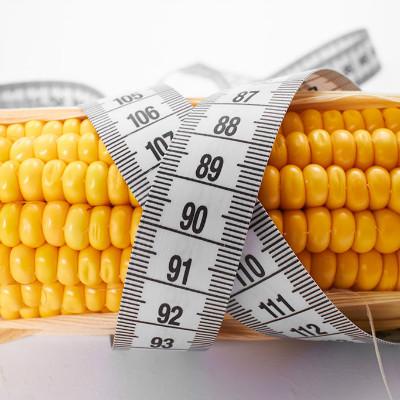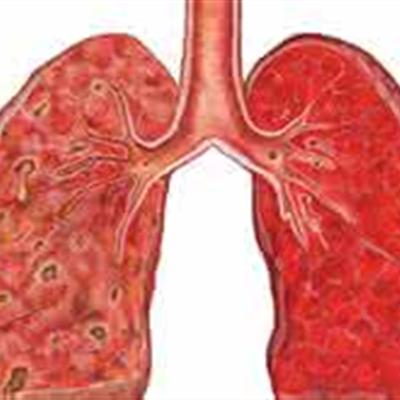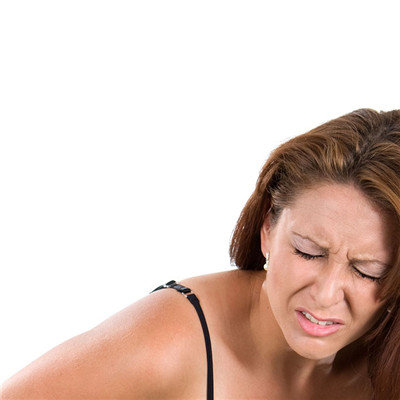How to remove kidney stones
summary
Kidney stones are common diseases of urinary system. Frequently occurring diseases, male is more than female, and occurs mostly in young adults. There is no significant difference in incidence rate between left and right sides. 40% ~ 75% of patients with kidney stones have different degrees of low back pain. The stone is bigger, the mobility is very small, the performance is the waist acid distension discomfort, or when the physical activity increases has the dull pain or the dull pain. Small stones caused by colic, often suddenly occurred waist and abdomen knife cut like severe pain, paroxysmal. Age, gender, race, heredity, environmental factors, eating habits and occupation were related to the formation of stones. How to remove kidney stones to tell you.
How to remove kidney stones
First, the treatment of symptoms. If colic attacks with analgesic drugs, if found with infection or obstruction, should be based on the specific circumstances of the first control of infection, if necessary, ureteral intubation or pyelostomy, to ensure that urine drainage unobstructed, in order to control infection and prevent renal function damage. At the same time, we should actively look for the causes, formulate treatment and prevention programs according to different components and causes, fundamentally solve the problem, and try to prevent the recurrence of stones.

Second: for small stones, take a lot of water, small stones may be pushed by a large amount of urine, flushing and discharge, urine increase also helps to control infection. If there is no severe pain, this method is generally adopted, which is safe and has no side effects. But this therapy is often ineffective.

Third, surgical treatment should be considered when the pain can not be relieved by drugs or the stone diameter is large. Including: ① extracorporeal shock wave lithotripsy. ② Ureteral stent placement can also be combined with ESWL treatment. ③ Ureteroscopic lithotripsy. ④ Percutaneous nephrolithotomy. ⑤ Laparoscopic lithotomy.

matters needing attention
Sometimes patients with kidney stones have no pain, only hematuria or minimal blood volume, which can not be seen by naked eyes. Physical examination mostly includes urine examination, and microscopic examination of urine after centrifugation of sediment, if you see too many red blood cells, it means hematuria, sometimes is the early sign of kidney stones. Treatment should be carried out in time.












